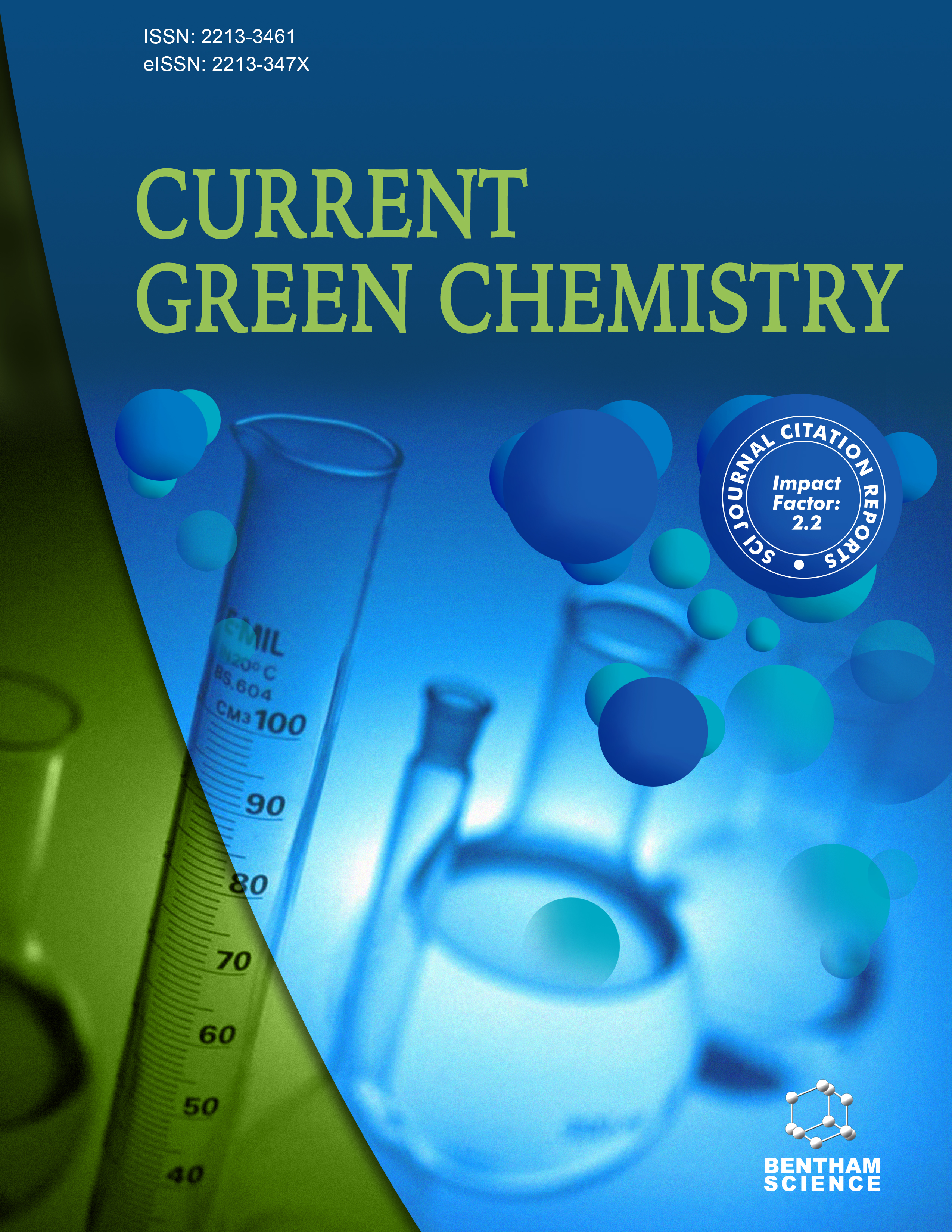
Full text loading...
We use cookies to track usage and preferences.I Understand
In addition to the economic losses because of insect pests, a significant part of insect pests can instantly lead to the deterioration and mildew of agricultural products, which all have great hidden hazards to human health. In view of insect pests, the principle means of control and prevention in China is spraying chemical agents. Nevertheless, spraying a large number of chemical factors to control insect pests for a long time will not only have a consequential impact on the ecological environment, but also make insect pests boost resistance, and because a large number of chemical residues on the surface of crops will also have an unfavourable impact on the human body. The detection and application of insecticidal proteins are of great significance for the progress of modern insecticidal science. This article studies the research progress of insecticidal proteins and considering their target pests, lists their common insecticidal utilization scenarios, and anticipates the development direction of insecticidal proteins in the future.

Article metrics loading...

Full text loading...
References


Data & Media loading...

